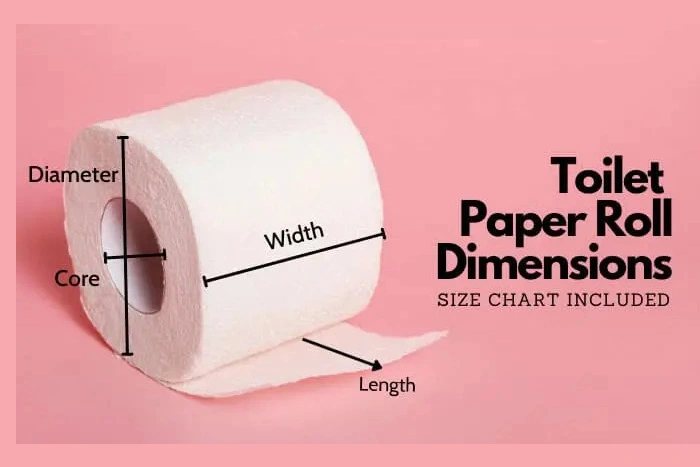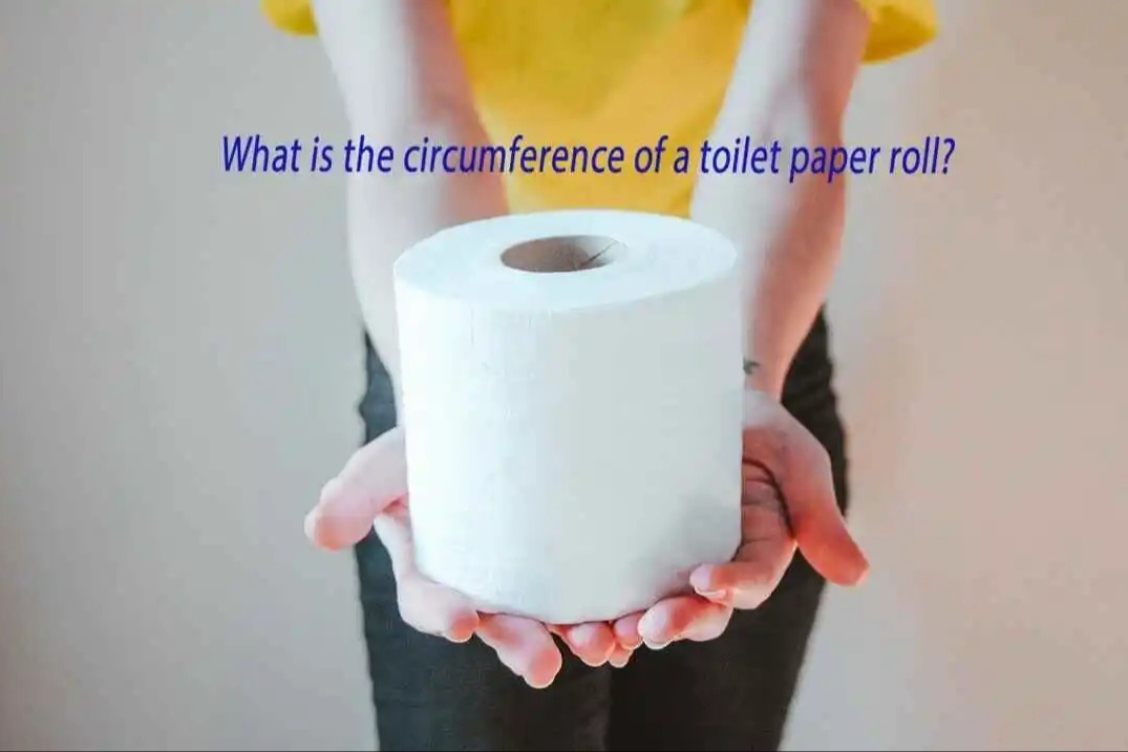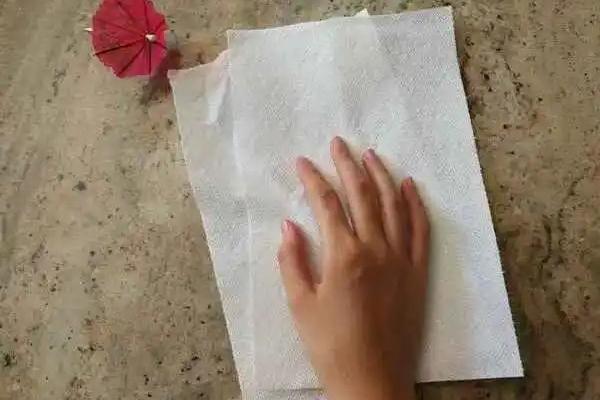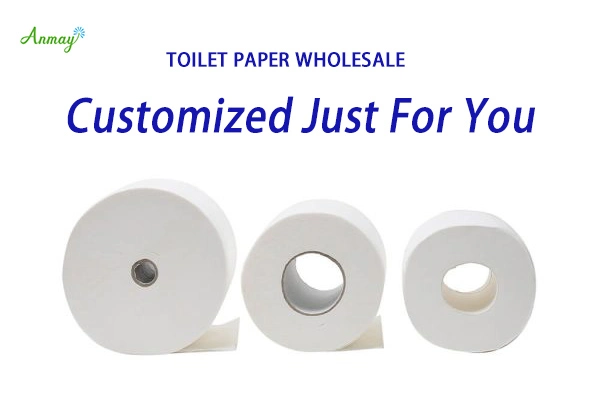Toilet paper is a household essential that we use every day without much thought. But have you ever stopped to think about what happens to it after we flush it down the toilet? Is toilet paper biodegradable? Can it be composted? In this article, we will explore the biodegradability of toilet paper and its impact on the environment.
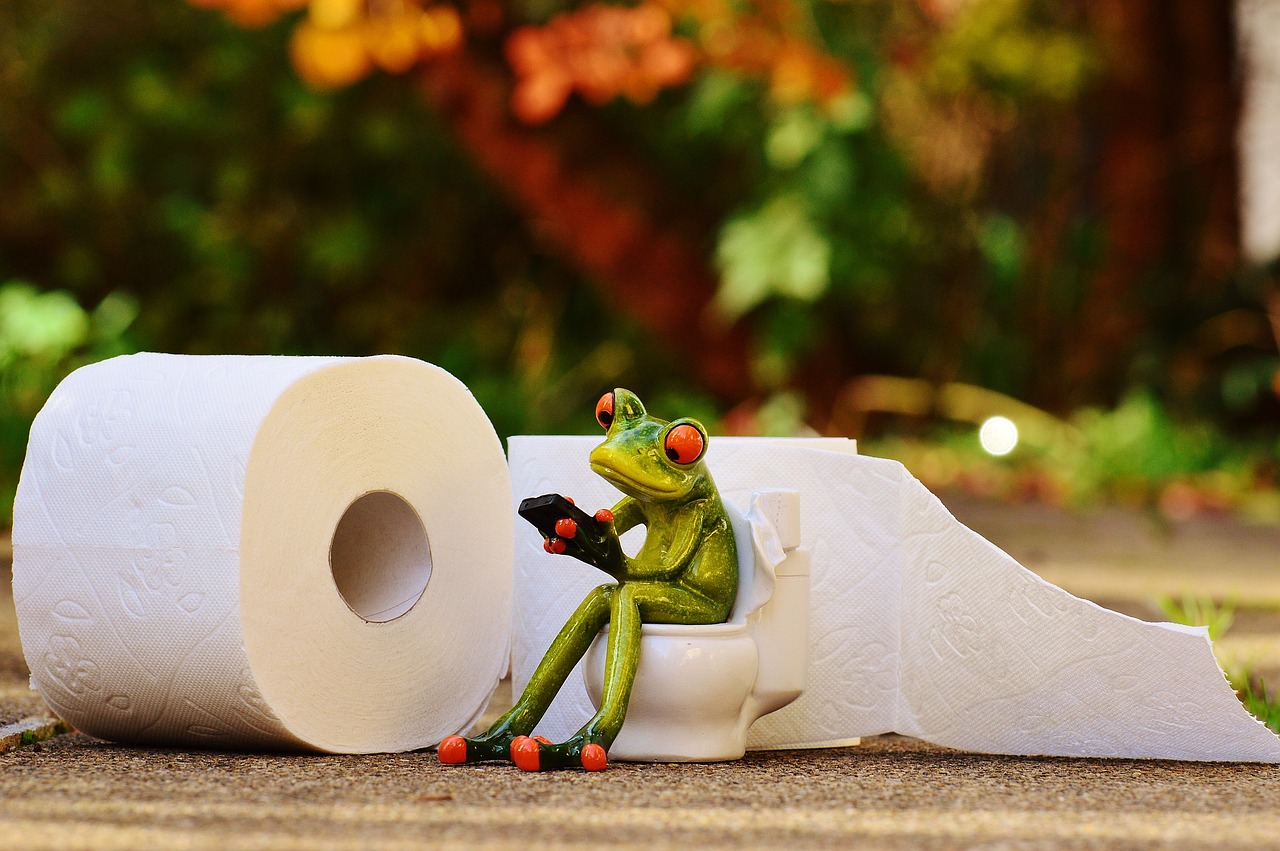
What is Biodegradability?
Before we dive into the biodegradability of toilet paper, let’s first understand what biodegradability means. Biodegradability is the ability of a substance to break down into natural elements, such as water, carbon dioxide, and biomass, by the action of microorganisms. In simpler terms, it is the process of decomposition by living organisms.
Is Toilet Paper Biodegradable?
The short answer is yes, toilet paper is biodegradable. Most toilet paper is made from natural materials such as wood pulp, bamboo, or recycled paper, which are all biodegradable. However, the biodegradability of toilet paper can vary depending on the type and brand.
Some toilet paper brands use chemicals and additives in their production process, which can slow down the biodegradation process. These chemicals can also be harmful to the environment and disrupt the natural decomposition process.
To ensure that your toilet paper is biodegradable, look for products that are labeled as “green” or “eco-friendly.” These products are typically made from sustainable materials and do not contain harmful chemicals.
Can Toilet Paper Be Composted?
Composting is the process of breaking down organic materials into a nutrient-rich soil amendment. It is an environmentally friendly way to dispose of waste and can help reduce the amount of waste sent to landfills.
While most toilet paper is biodegradable, not all types of toilet paper are suitable for composting. Some toilet paper brands use bleaching agents or dyes that can be harmful to the composting process. It is essential to check the packaging or do some research to ensure that your toilet paper is safe for composting.
Compostable toilet paper, on the other hand, is specifically designed to break down quickly and safely in a composting environment. These products are made from natural materials and do not contain any harmful chemicals. They are also typically free from plastic packaging, making them a more sustainable option.
The Environmental Impact of Toilet Paper
The average person uses about 100 rolls of toilet paper per year, which adds up to a lot of waste. But what happens to all that toilet paper after we flush it down the toilet?
Impact on Sewage Systems
Toilet paper is designed to break down quickly when exposed to water, making it safe to flush down the toilet. However, flushing too much toilet paper at once or using thick, multi-ply toilet paper can clog pipes and cause damage to sewage systems.
When toilet paper clogs pipes, it can lead to sewage backups and overflows, which can be costly to repair and harmful to the environment. It is essential to use toilet paper in moderation and choose a brand that is designed to break down easily.
Impact on Landfills
When toilet paper is not flushed down the toilet, it ends up in landfills. In landfills, toilet paper can take years to decompose, contributing to the growing problem of waste management. As toilet paper breaks down, it releases methane gas, a potent greenhouse gas that contributes to climate change.
By choosing biodegradable or compostable toilet paper, we can reduce the amount of waste sent to landfills and help mitigate the environmental impact of toilet paper.
How to Make Your Toilet Paper Usage More Sustainable
Now that we understand the impact of toilet paper on the environment, here are some tips to make your toilet paper usage more sustainable.
Choose Sustainable Brands
When shopping for toilet paper, look for brands that are labeled as “green” or “eco-friendly.” These products are typically made from sustainable materials and do not contain harmful chemicals. You can also look for certifications such as the Sustainable Forestry Initiative (SFI) to ensure that the toilet paper is responsibly sourced.
Use Less Toilet Paper
One of the easiest ways to reduce your environmental impact is to use less toilet paper. Instead of using a handful of toilet paper, try using just a few sheets. You can also switch to a bidet or use a reusable cloth for a more sustainable option.
Compost Your Toilet Paper
If you have a composting system, consider composting your toilet paper. Just make sure to use a brand that is safe for composting and avoid flushing any chemicals or additives down the toilet.
Recycle the Packaging
Toilet paper packaging is often made from plastic, which can take hundreds of years to decompose. Instead of throwing it away, recycle the packaging to reduce your environmental impact.
Conclusion
Toilet paper is an essential part of our daily lives, but it also has a significant impact on the environment. By choosing sustainable brands, using less toilet paper, and properly disposing of it, we can reduce our environmental impact and make our toilet paper usage more sustainable. Remember to look for biodegradable or compostable options and always follow proper disposal methods to help protect the planet.

